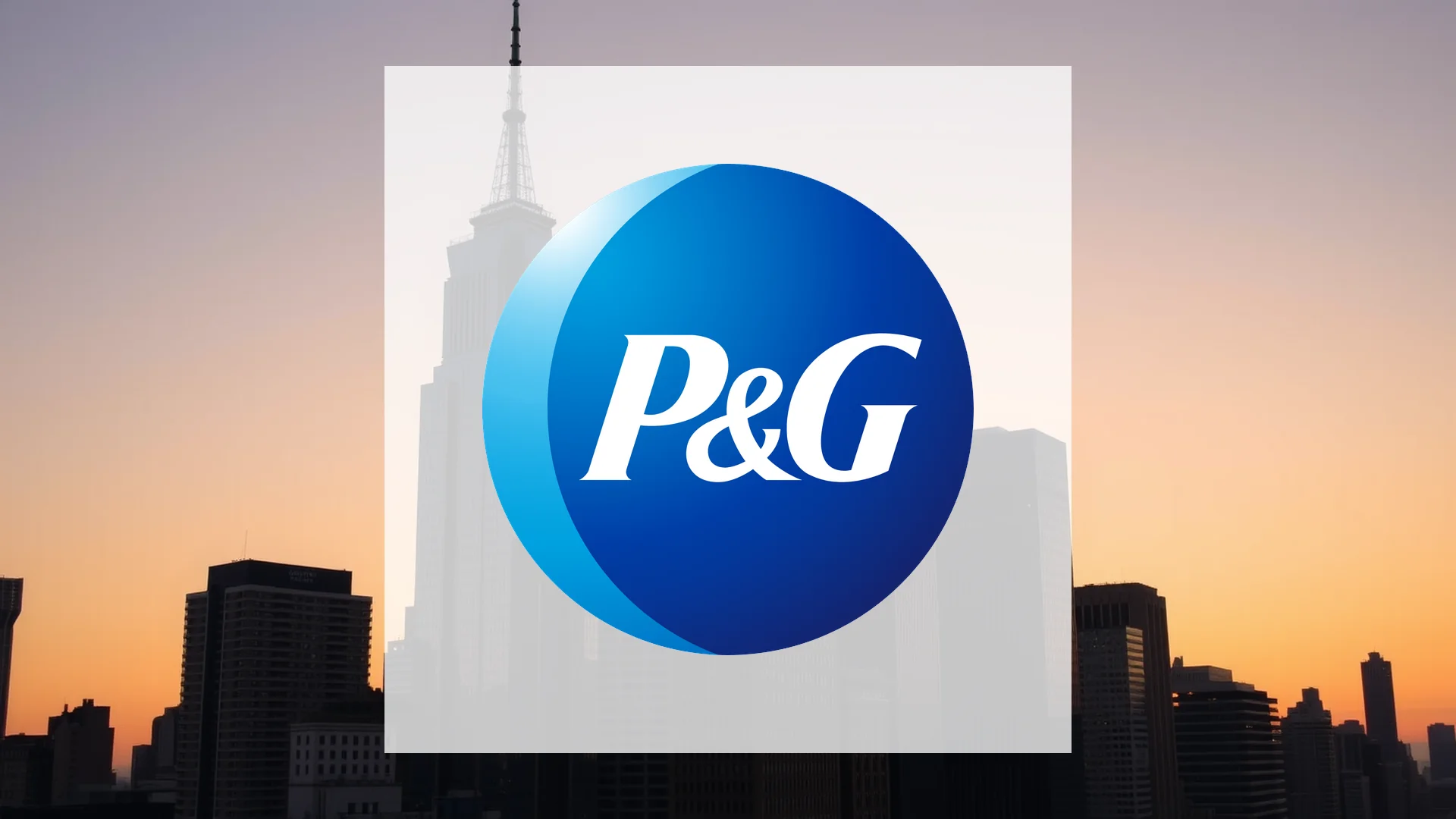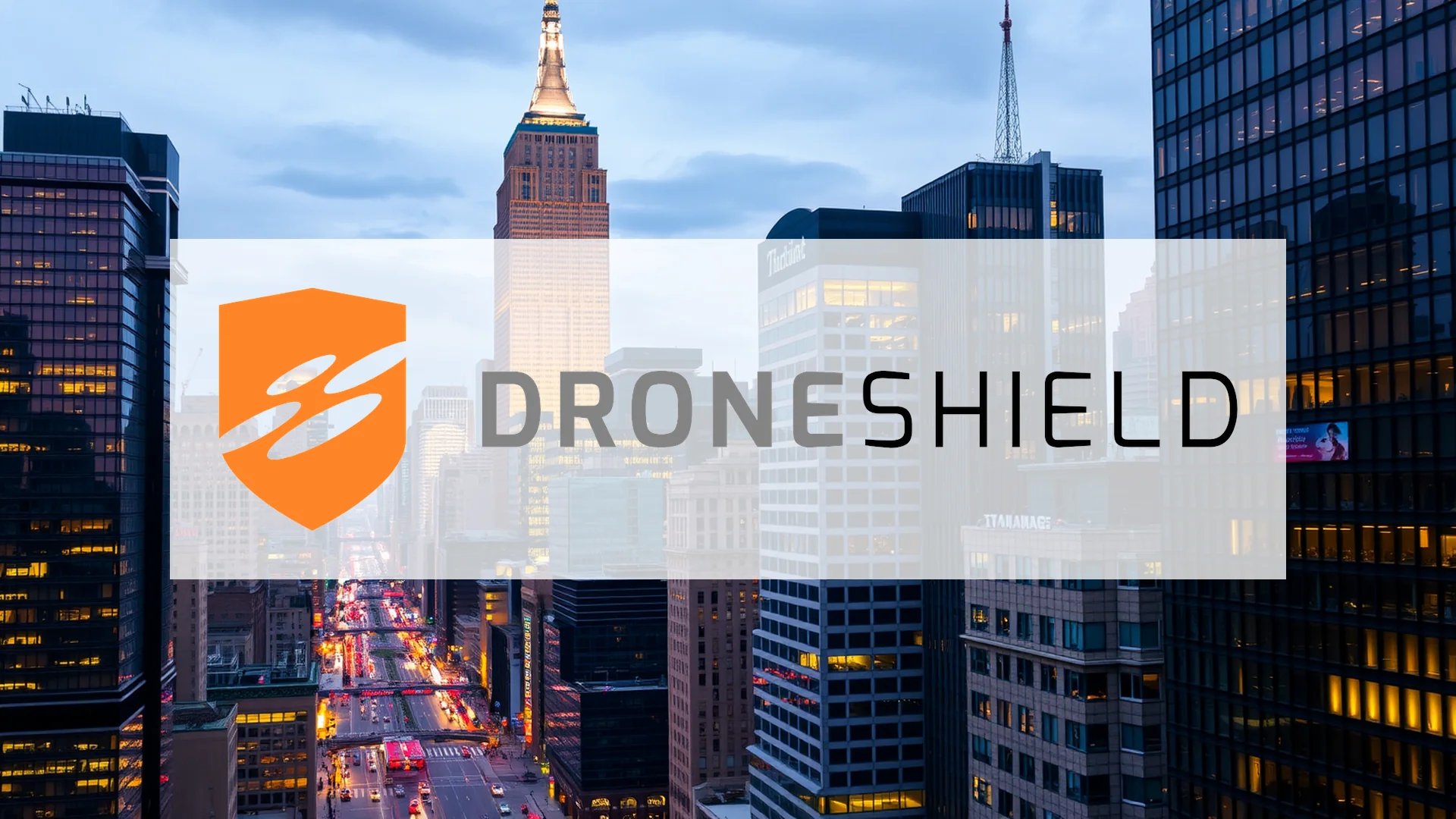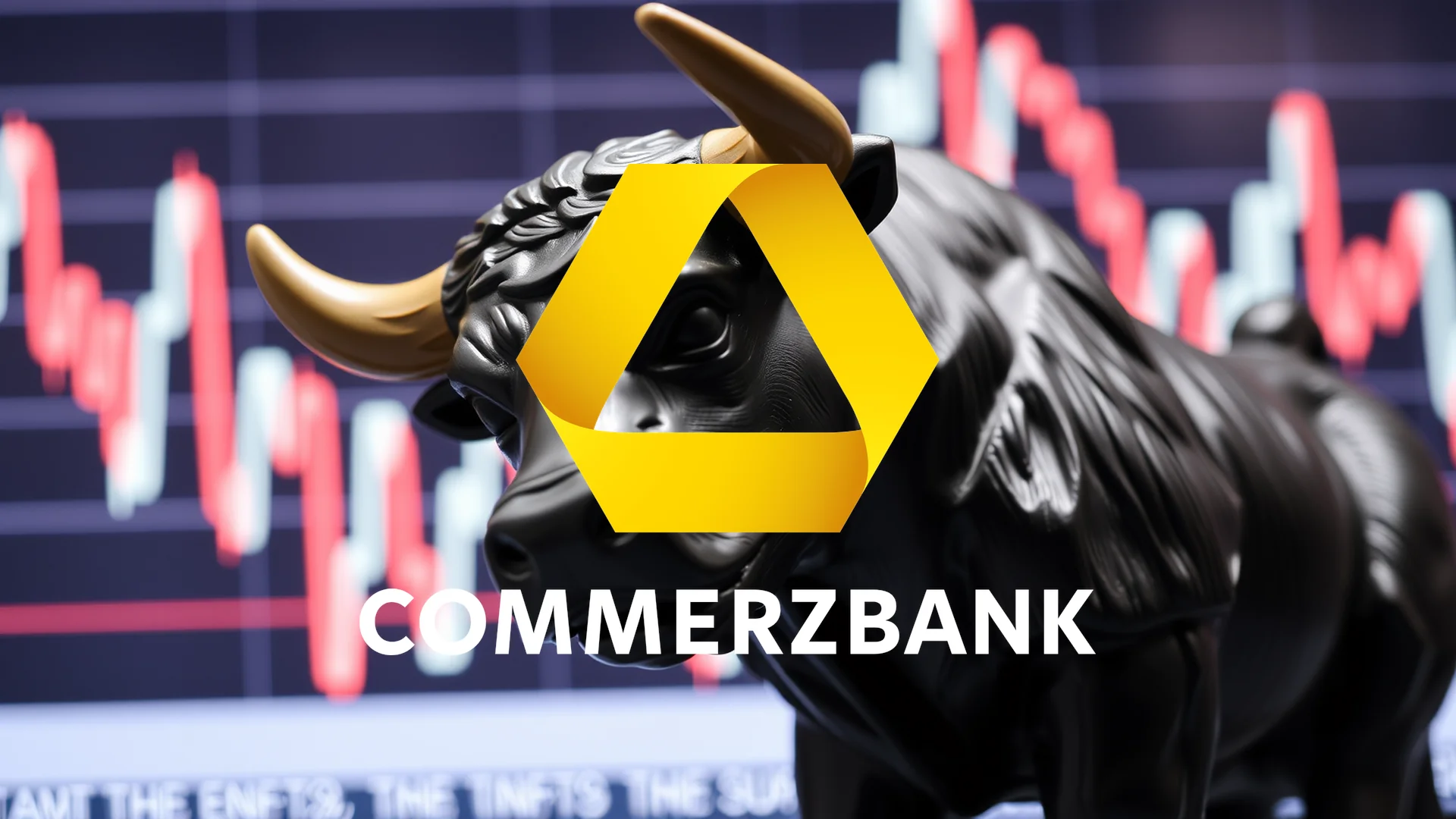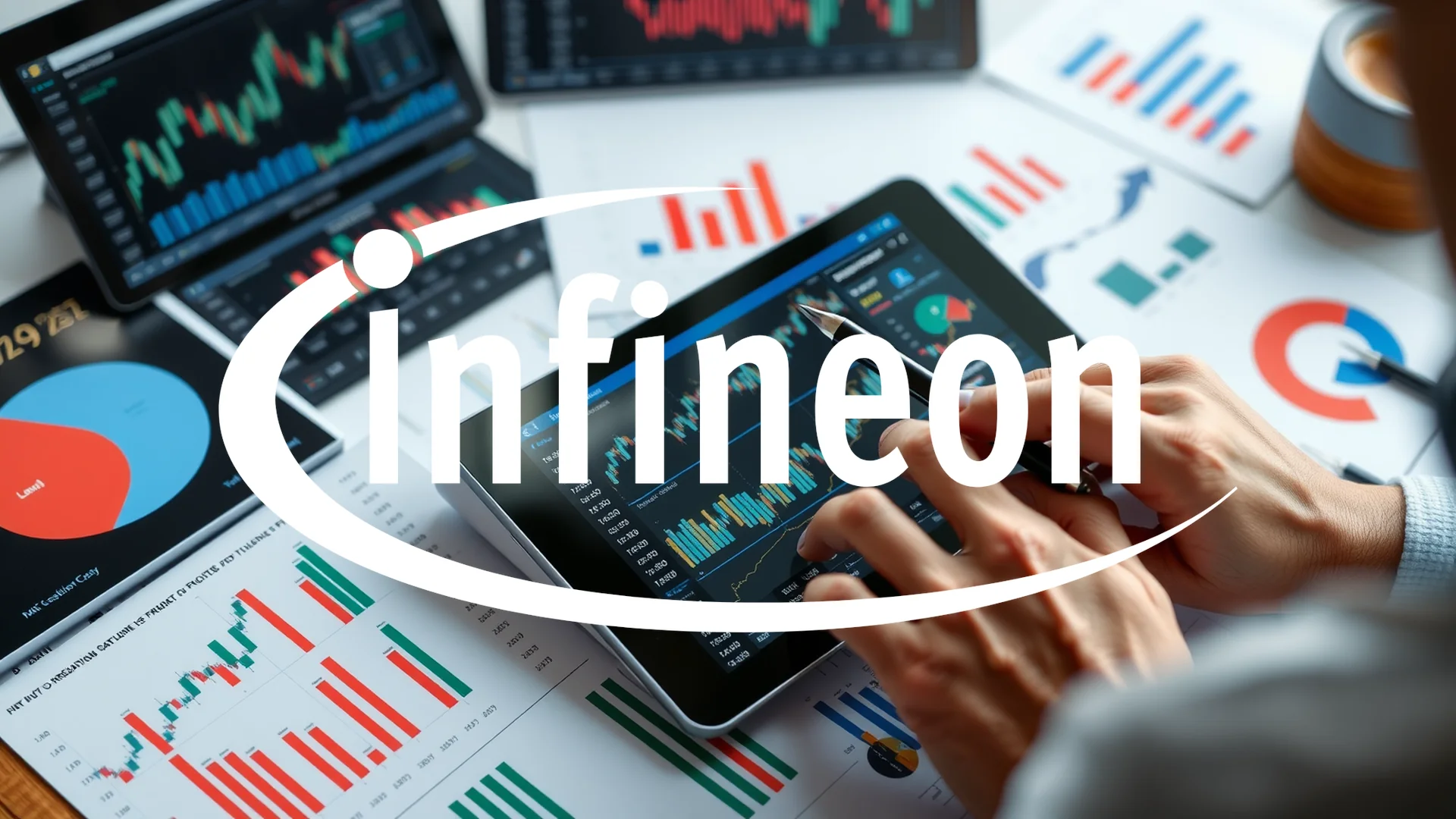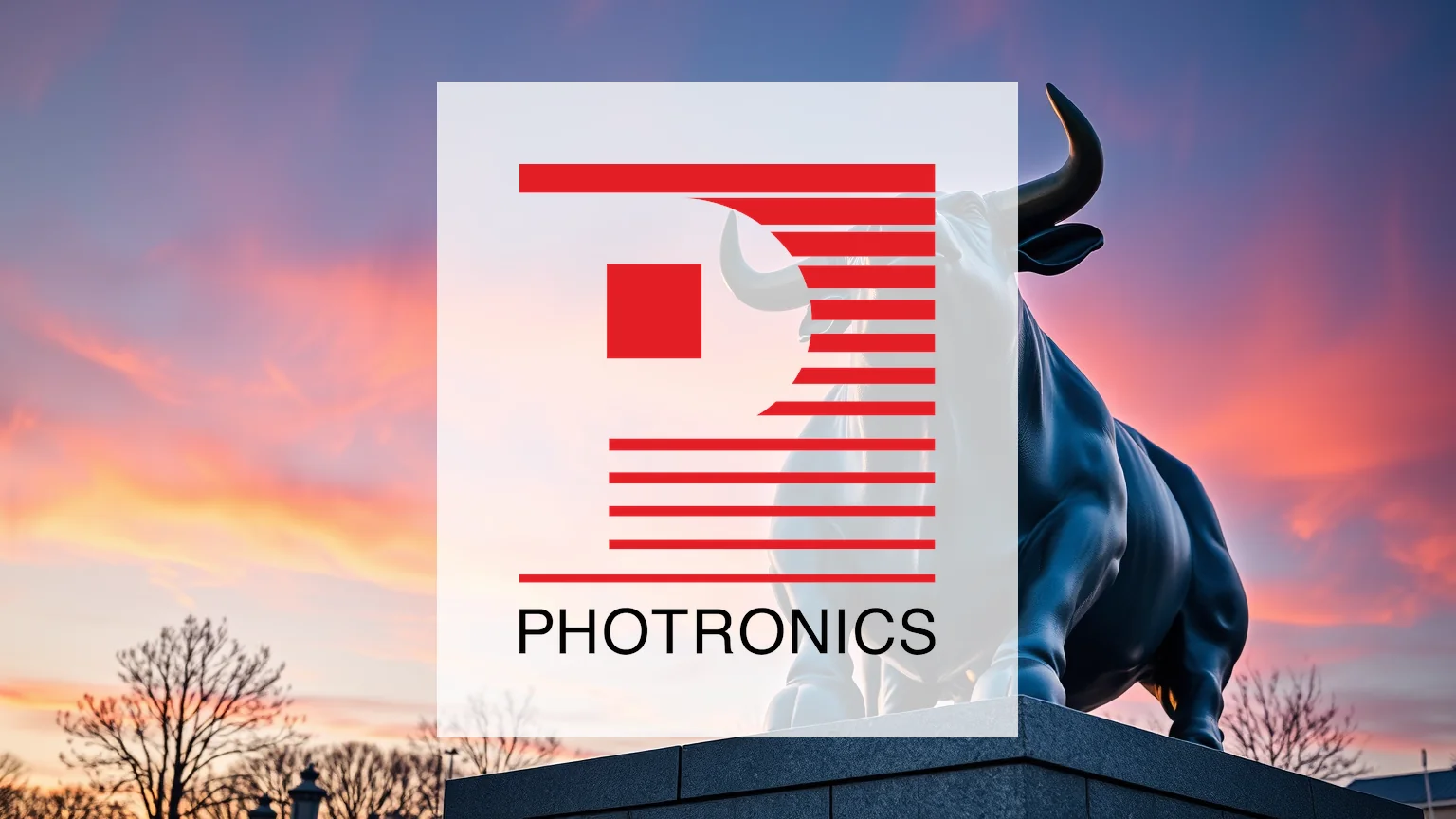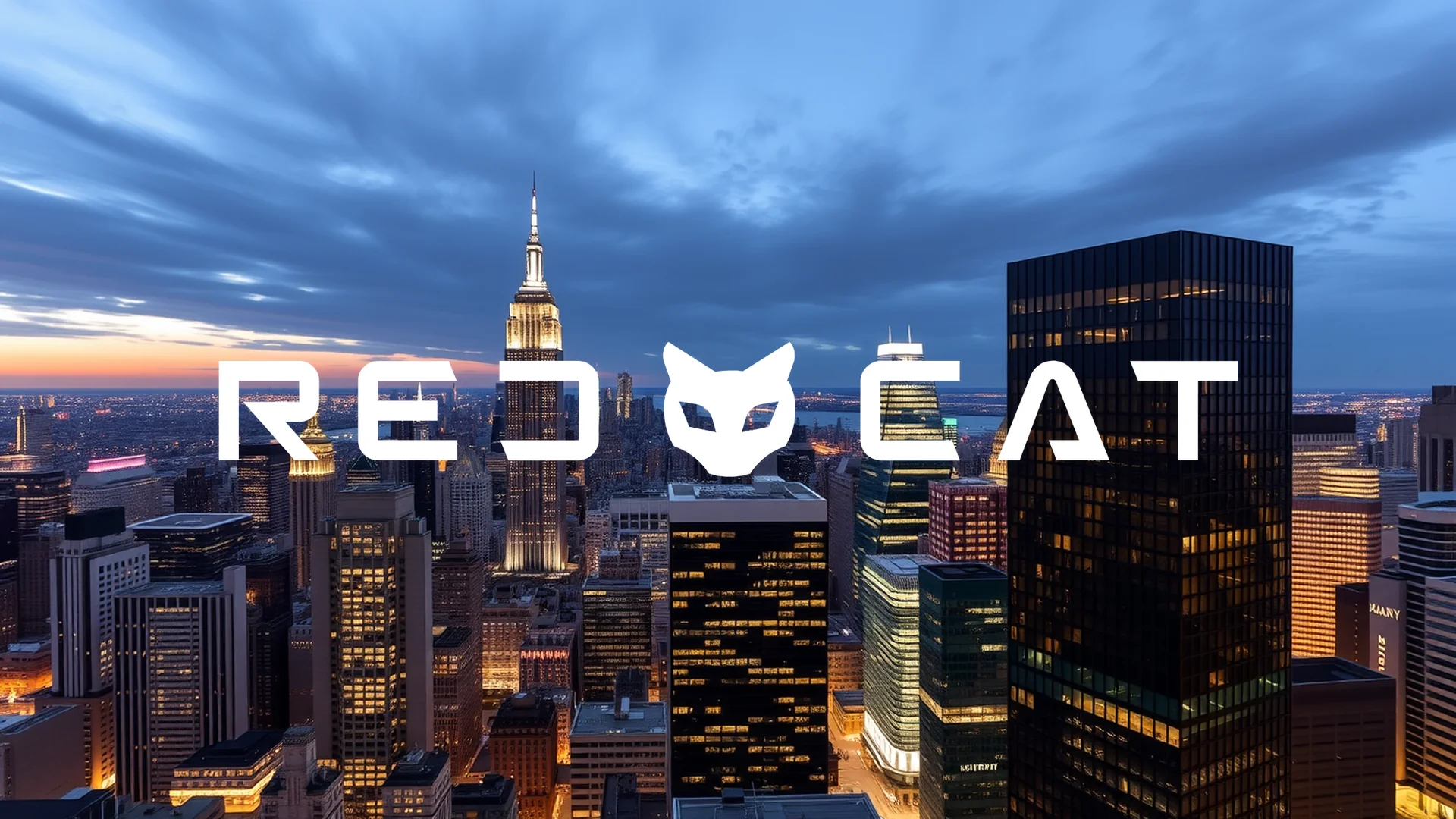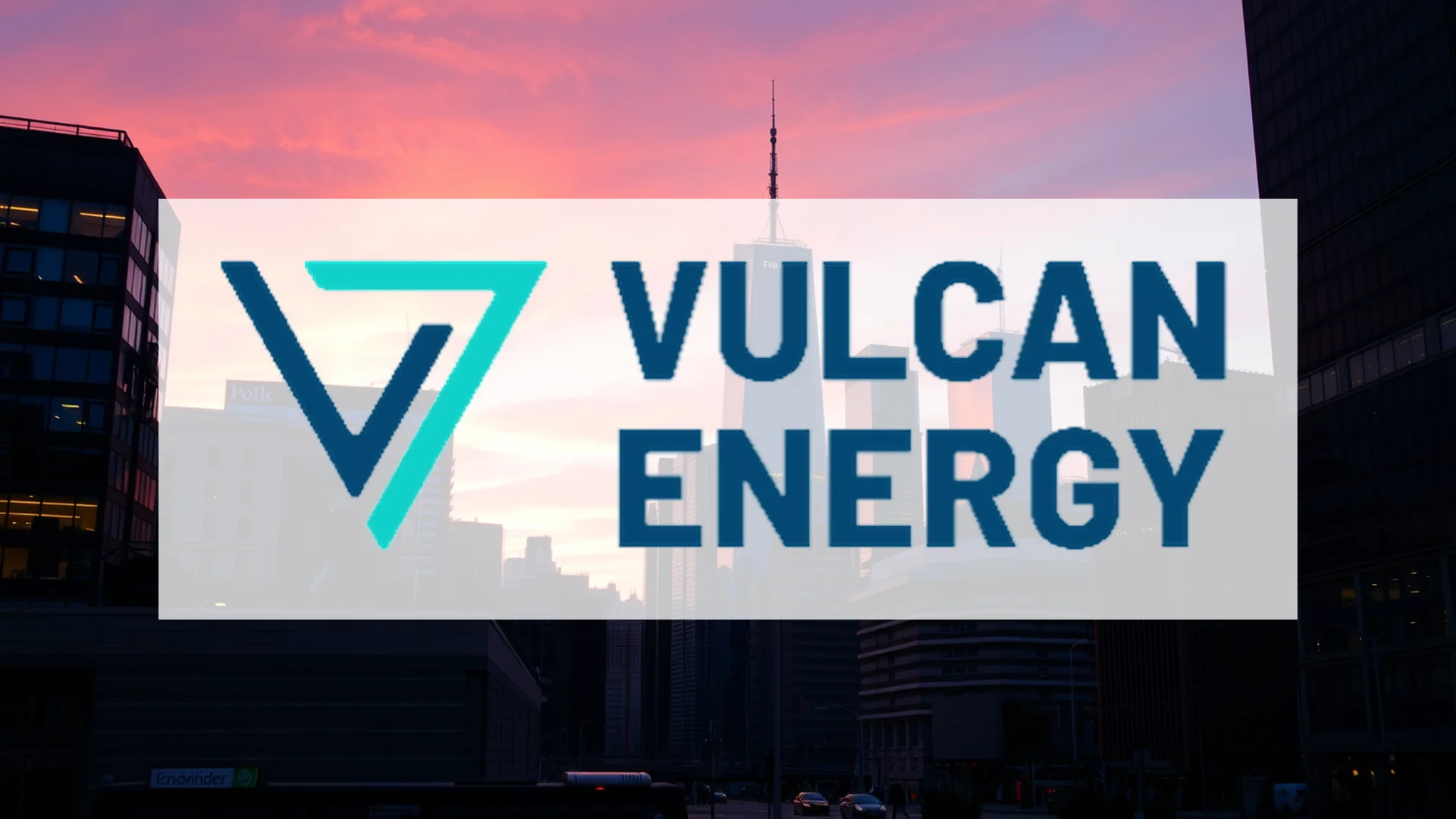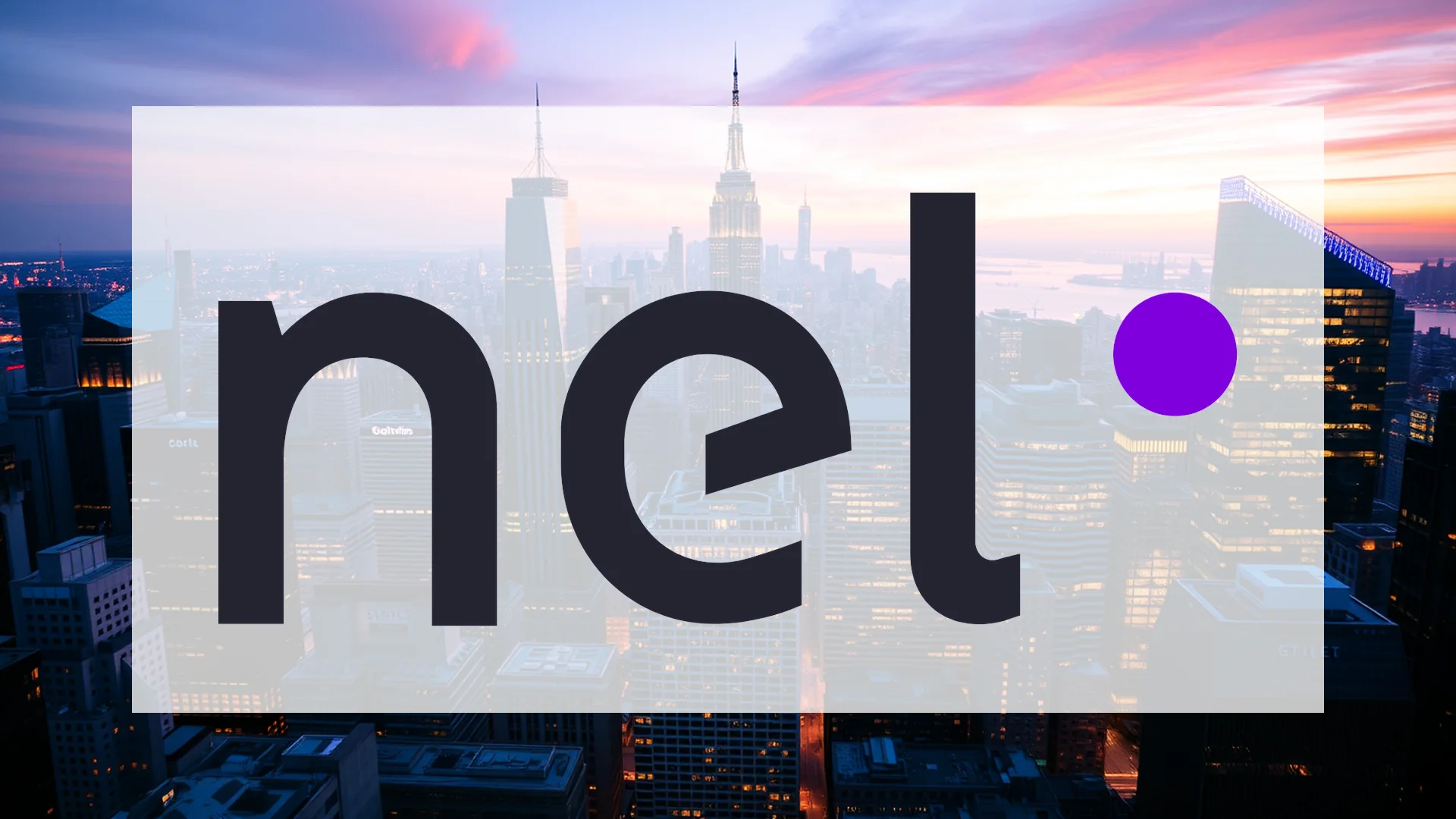A curious divergence is unfolding for Procter & Gamble (P&G) shareholders. The consumer goods behemoth is presenting a story of robust fundamental health that stands in stark opposition to a concerning technical chart outlook. This conflict is forcing investors to choose a side: trust the underlying business strength or heed the market’s warning signals.
Robust Business Performance Defies Gloomy Charts
On the fundamental front, P&G’s operations are demonstrating remarkable strength. The company’s latest quarterly earnings report delivered a decisive beat, with earnings per share (EPS) coming in at $1.48 on revenues of $20.89 billion. This performance, which included a 1.7% year-over-year sales increase, underscores the company’s enduring competitive power and its ability to grow even in a challenging economic climate. This operational excellence is quantified by a formidable fundamental score of 8.54 out of 10, reflecting solid profitability and efficient capital management.
This strong foundation, however, is not reflected in the stock’s recent trading patterns. A detailed look at the technical indicators reveals a market under pressure. Key momentum oscillators, including the Relative Strength Index (RSI) and the Williams %R, are both flashing signals that the stock is in overbought territory, a classic precursor to a potential pullback. More alarmingly for chartists, the formation of a “Bearish Engulfing” candlestick pattern suggests an impending downward shift in momentum, with technical resistance levels currently stifling any upward movement.
Institutional Sentiment Cools Amid the Uncertainty
This clash between strong fundamentals and weak technicals is creating a clear split in investor sentiment. Data reveals a cautious retreat among large institutional players, contrasting with the steady hand of retail investors. Notably, the State of Wyoming significantly reduced its holdings in P&G by a substantial 60.5% during the first quarter. Similarly, AlTi Global Inc. scaled back its investment position by 8.0%. This institutional wariness persists despite the allure of P&G’s reliable quarterly dividend of $1.0568 per share and expectations of future increases, indicating that larger market players are prioritizing technical risk over dividend income.
Should investors sell immediately? Or is it worth buying Procter & Gamble?
Retail investors, meanwhile, have been net buyers, evidenced by a positive inflow measure of 51.43%, showing a slightly more optimistic outlook on the stock’s long-term value.
Divided Analyst Opinions Reflect the Broader Confusion
The uncertainty is further echoed in the lack of consensus among market experts. While the consensus rating for P&G sits at “Moderate Buy,” this masks a clear divergence in individual analyst positions. UBS Group has issued a recommendation to buy the shares, expressing confidence in the company’s fundamental trajectory. Conversely, analysts at JPMorgan Chase & Co. have adopted a more wait-and-see approach, advising clients with a Neutral rating. This split highlights the exceptional difficulty in forecasting the stock’s immediate path.
Procter & Gamble finds itself at a crossroads, caught between the powerful pull of its own financial results and the ominous signals emanating from its stock chart. The critical question for the market is which narrative will ultimately prevail.
Ad
Procter & Gamble Stock: Buy or Sell?! New Procter & Gamble Analysis from October 21 delivers the answer:
The latest Procter & Gamble figures speak for themselves: Urgent action needed for Procter & Gamble investors. Is it worth buying or should you sell? Find out what to do now in the current free analysis from October 21.
Procter & Gamble: Buy or sell? Read more here...

